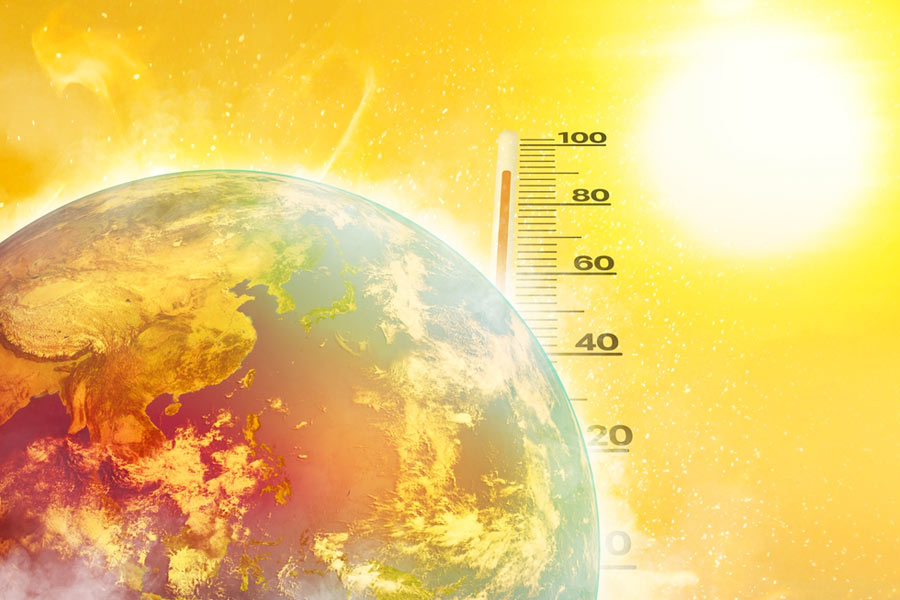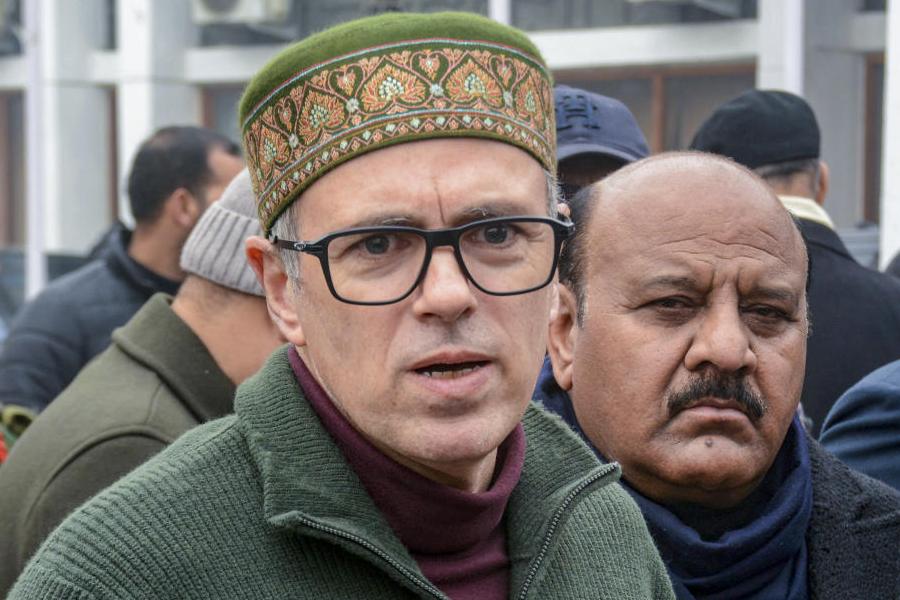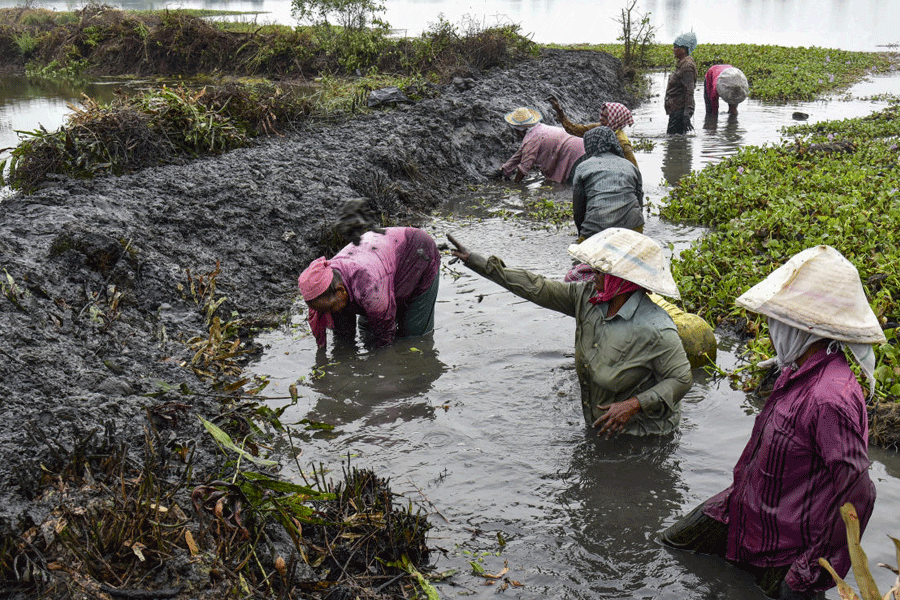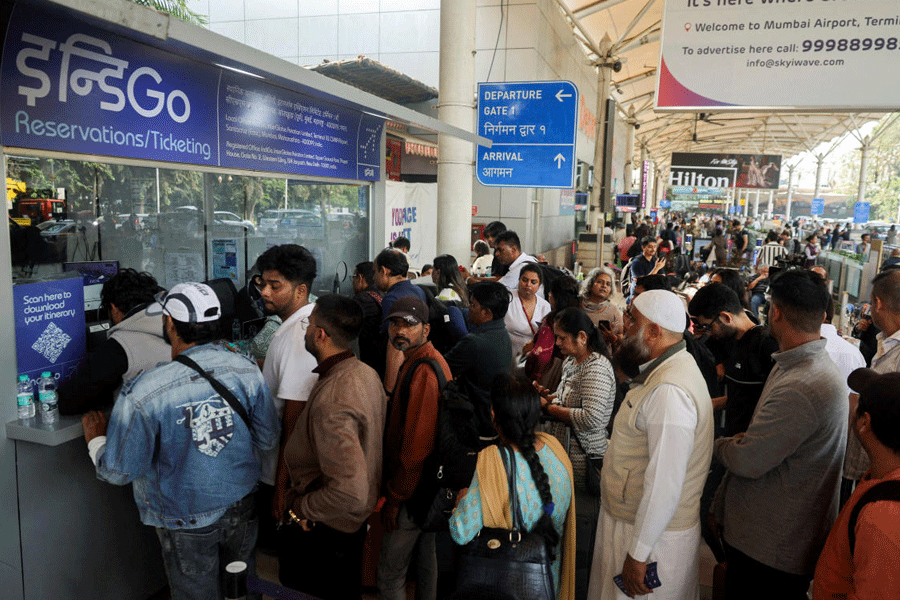In a world obsessed with global migration and international refugees, another vulnerable constituency — internally displaced people — often disappears through the cracks of welfare policy. But data suggest that the time to act, for the world and India, to alleviate their sufferings is now. According to a report published by the Geneva-based Internal Displacement Monitoring Centre, India recorded 32.3 million internal displacements on account of natural disasters — primarily storms and floods — between 2015 and 2024. The global statistics make for equally grim reading: 210 countries registered 264.8 million forced movements, with East Asia and South Asia being the most adversely affected during this period. Little wonder then that Bangladesh, China and the Philippines, apart from India, figured prominently on the IDMC list. India’s global ranking on risk was third, after China and the Philippines. The going, unfortunately, is set to get tougher with the intensification of climate change. Evidence of this worsening situation was borne by the year, 2024, which, apart from being the warmest year globally, also saw internal displacement that was higher than the decadal average.
Many of these evacuations, the report says, were pre-emptive in nature. This is suggestive of a silver lining in the gathering clouds. States evidently are increasingly devoting greater resources to save lives before or during natural disasters. There is now a robust data set available for policymakers to further improve disaster management protocols in terms of scale and quality. But a lot of ground remains to be covered. India, to cite one example, does not legally recognise climate refugees. There is thus concern that the rights and the protection of the internally displaced may be weakened in the absence of such a specific legal category even as climate change worsens and natural calamities become frequent. There is also a case for policy to be more nuanced. For instance, the disproportionate impacts of climate change on women and on socially marginalised communities need to be analysed with greater depth and acted upon with urgency. The biggest obstacle, undoubtedly, is the global inertia when it comes to tackling the myriad aspects of the climate crisis. The IDMC has predicted that the risks of extreme weather events would heighten in the face of rising temperatures. Yet, several governments, especially those helmed by authoritarian, populist leaders, remain unconcerned or are actively dismantling frameworks meant to arrest climate change. The spirit of Nero, ostensibly the emperor who fiddled as Rome burned, remains unvanquished.










